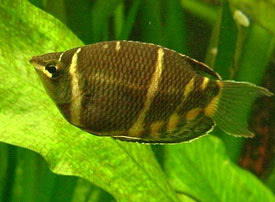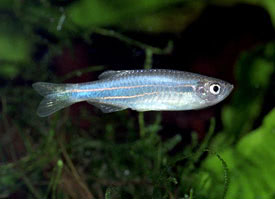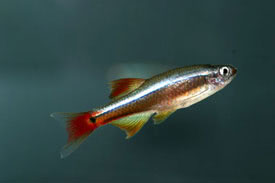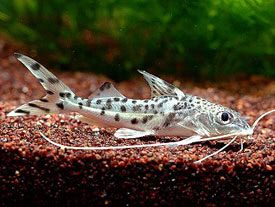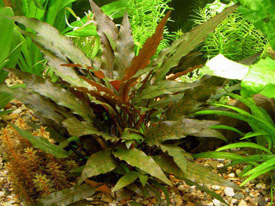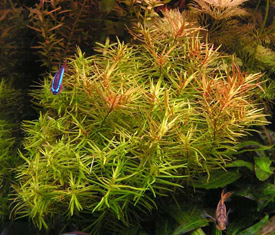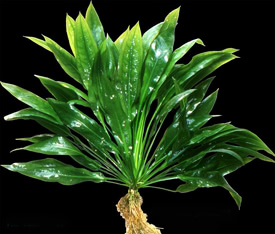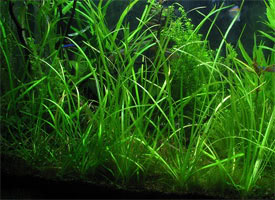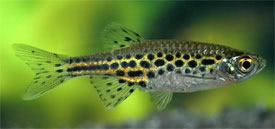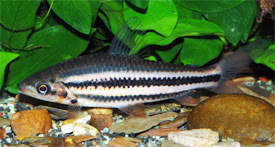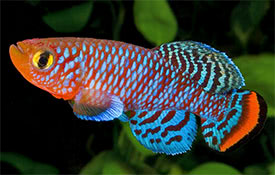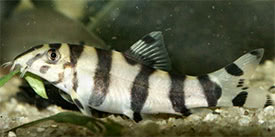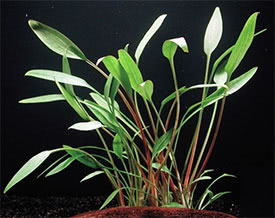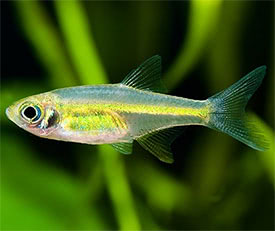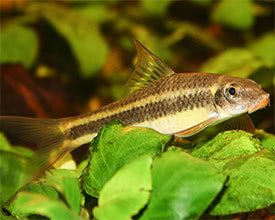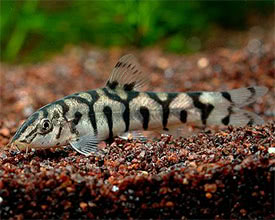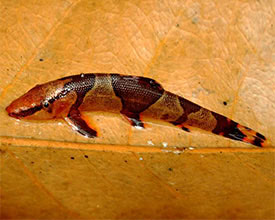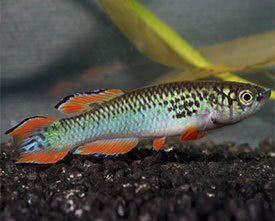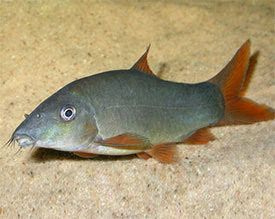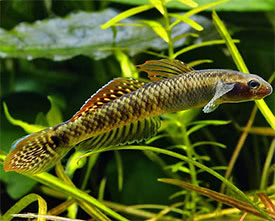
 Magyarul / Hungarian
Magyarul / Hungarian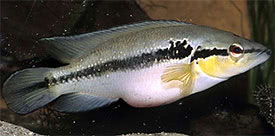
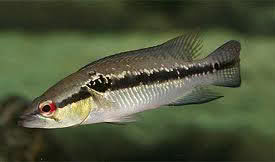


- Scientific name: Crenicichla lepidota
- Synonyms:Crenicichla edithae, Two-spot Pike Cichlid, Comb Pike Cichlid
- Common name: Two-spot Pike Cichlid
- Group: Cichlids
- Habitat: South America; Brazil, Bolivia, Paraguay, Uruguay, and northern Argentina
- Size: 18-20 cm
- Biotope: Found in rivers and flooded areas, mostly among the vegetation.
- Social behavior: A typical predatory fish, that will eat any fish that can fit in its mouth. Territorial against all fish and aggressive towards other Pike cichlids. However they can be kept with different-looking, large, not too aggressive species in a bigger tank.
- Diet: Carnivorous; All kinds of live foods, such as small fish, shrimps and worms, but some may accept pellets too.
- Breeding: Quite hard
- Tank: Minimum 200 litres.
- Population: 1 pair for 350 litres
- Decoration: Use a cover of floating plants, and build hiding places with a help of roots and rock structures. Be sure to provide each fish with at least one retreat. Cover their tank as they are excellent jumpers.
- Temperature: 21-27 °C
- pH: 6.3-7.5
- Hardness: 2-12 NK°
- Lifespan: 8-10 years
Description: Two-spot Pike Cichlid has an elongated, torpedo-shaped body. The upper parts of the body are olive-green to grayish-brown, while the lower parts are lighter, usually yellowish-white. Their colors are greatly depends on the location where they are collected. There is a characteristic dark longitudinal band running from the upper lip through the eye to the end of the caudal fin. This band can be occasionally broken. When the fish is excited, the superior margin of the longitudinal band is broken at regular intervals as 8-9 dorsal bands appear. There is a large, gold-framed black spot behind the gill cover, and there is another similar marking on the caudal peduncle. The iris of the eye is red, while the cheeks are yellow. The dorsal and anal fins can be tipped with red or black stripes. The female has pinkish or reddish belly and has white patterning in the dorsal fin.
Breeding is possible in aquarium, but quite difficult, because of the problems encountered with pairing and the trouble with stimulating spawning. Males grow larger and have elongated fins. Females have a brighter belly coloration, have rounder bellies and their dorsal fins are marked with a black and white pattern. Females reach sexual maturity at 14 cm, while males at around 18 cm. For breeding use slightly acidic (pH: 6.5-7.0), soft (2-6 dKH) water with a temperature of 24-28°C. Condition the pair with plenty of live foods to prepare them for the breeding. The female initiates courtship as she curves her body into an „S” and flashes her red ventral area to the male. The eggs numbering as many as 1000 are adhered on an overhanging such as the celling of the cave. The eggs are white and attached by threads. The eggs and fry are guarded aggressively by both parents. Eggs hatch in 4-5 days and the larvae may be moved to a pit, which the parents have previously dug into the substrate. The fry become free-swimming after 11-13 days and can be fed with brine shrimp nauplii.








